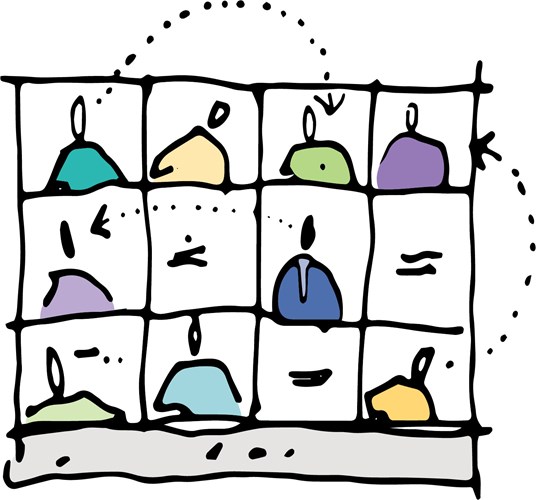
Written by: Katherine Masleid-Rivard
More than buzz words, these are real concerns for any public project and ignoring them can create costly road blocks and detours. I’ve seen neglected stakeholders bring a project to a grinding halt; community members wondering if their leadership is even listening; and countless resources wasted on ineffective meetings. Effective engagement is critical to project success and this series walks through how to do that.
While success at these goals may seem elusive, there are key steps and questions you can use to create a clear path forward. I’ll walk through specific areas and the questions I ask to help achieve these goals in these five posts:
At the end of this five-part series, you should be able to:
Now that you have set your goal and determined the participant roles, the next question to ask is more complicated, since the answer may change as you move through the process:
What type of interaction and setting is best for each participant in the next step of the process – phone call, meeting, workshop, or survey?
For most of the roles, some type of simple meeting will suffice. However, for the Input role the interactions will need to vary more. They will need to address both the type of input needed at each step, how many participants need to be involved, and who needs to contribute.
With these questions in mind, let’s consider the pros and cons of each option:
 Surveys
Surveys
Pros: Surveys can reach a large group of people and, when well written, are informative and easy to complete. They can also provide a helpful gauge for approval and prioritization.
Cons: However, the format limits the depth of potential dialogue.
 Town Hall
Town Hall
Pros: A traditional format great for reaching your community stalwarts. Usually, there is a brief presentation and then an opportunity for anyone to speak for a set period of time. This can be useful for letting a large group of people say what is on their mind.
Cons: However, it can promote a “mob mentality” and doesn’t allow for interactive dialogue.
 Workshop
Workshop
Pros: These interactive sessions allow for deeper dialogue with and between participants. A hands-on approach to discussing and solving project issues gives participants a deeper insight and understanding, and can reveal approaches your core team may not have otherwise considered.
Cons: Workshops do require more preparation time and a greater investment of time and energy from participants.
 Facilitated Kiosk
Facilitated Kiosk
Pros: Similar to a survey in its focus and brevity, kiosks have the added capability of allowing for follow-up dialogue and ability to answer additional questions. While it doesn’t have the same reach as a survey, it has a similar level of convenience and can be great for engaging hard to reach demographic groups by meeting them where they are. In addition, the less formal format is harder for special interest groups to target and dominate.
Cons: The lack of announcement and informal nature may make some groups feel unheard, unless there are other opportunities for input as well.
Of course, all of this will need to be balanced with your available time and resources. If these are especially limited, be clear about what you can do and then pick which options will be the most effective.
Engagement can happen in many forms. Effective engagement considers the topic, participant needs, project challenges, and resources available to pick the format that will deliver the greatest results and value.
However sometimes your context and needs can change dramatically. Hello COVID! In my next post, I explore what to do when everything changes and share successful formats I have used during the pandemic shutdown.